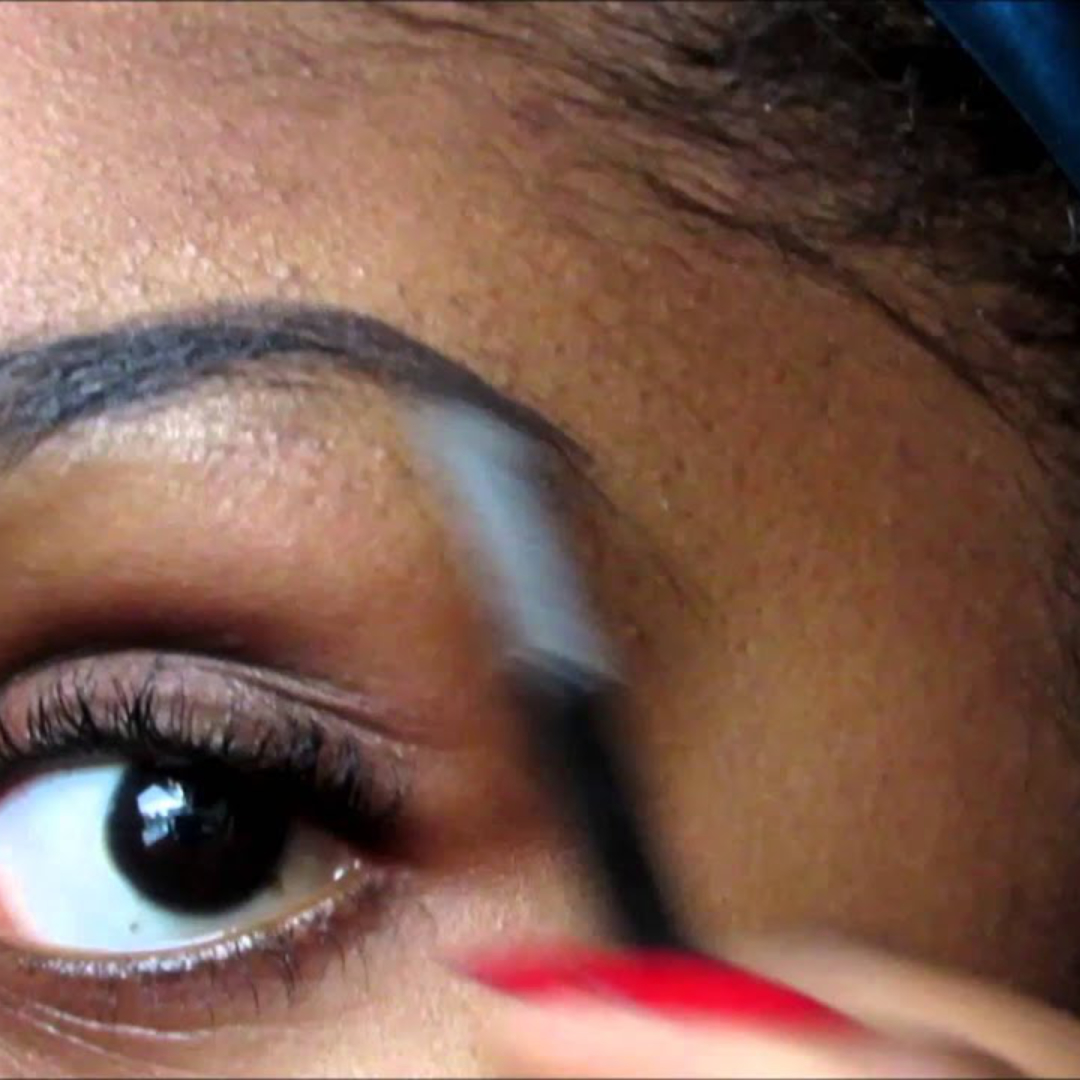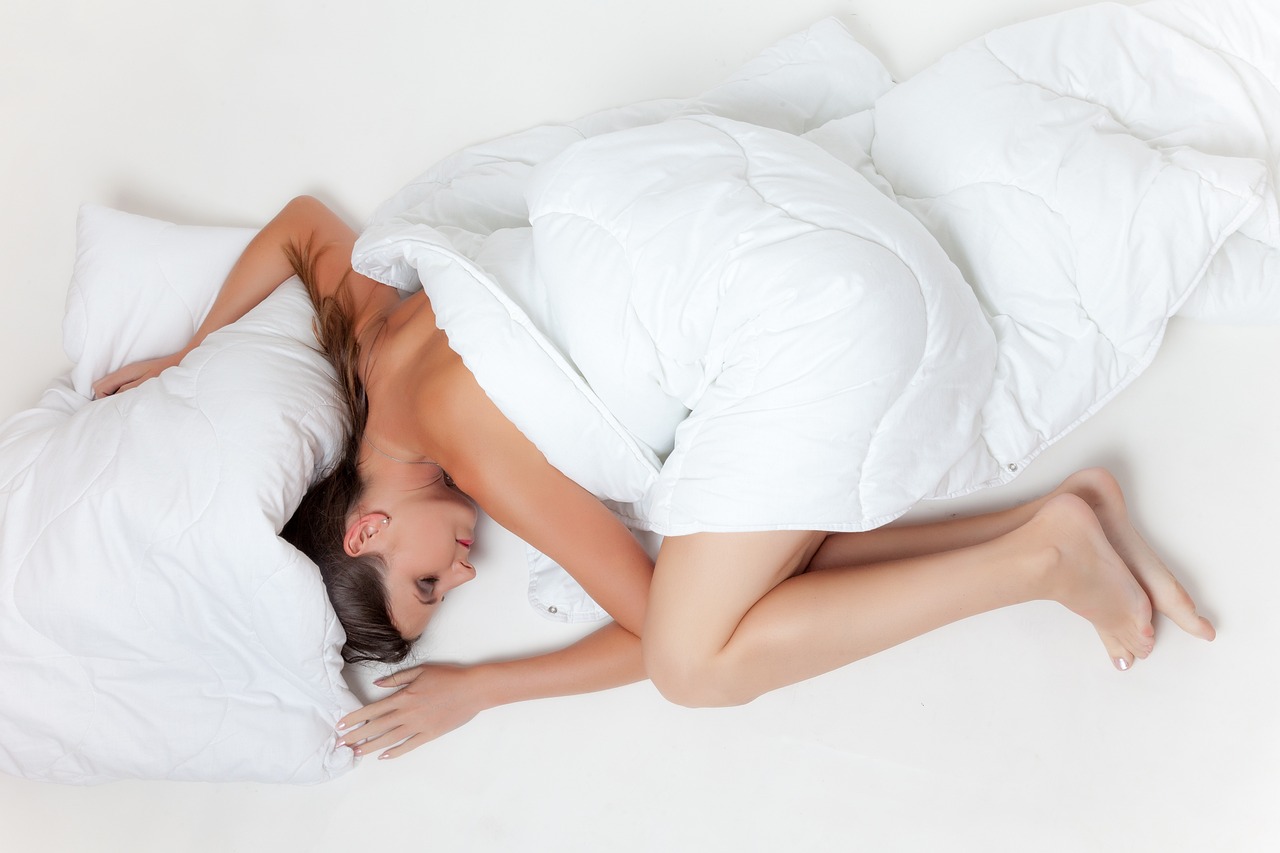Beauty is not a modern invention. People have been seeking ways to enhance their appearance and well-being for thousands of years, using natural ingredients and ancient techniques. Some of these beauty treatments have survived the test of time and are still popular today, while others may seem strange or even dangerous to us. In this blog post, we will explore some of the ancient beauty treatments from around the world, and how they reflect the culture and beliefs of their origin.
Cleopatra’s Milk Bath – Egypt
Cleopatra, the legendary Queen of Egypt, was known for her beauty and was said to enjoy royal milk baths. She would fill a large tub with donkey milk and add honey, rose petals, and almond oil to nourish and soften her skin. The lactic acid in milk would help exfoliate the skin, while the honey would act as a natural moisturizer and antibacterial agent. The rose petals would add a pleasant fragrance and soothe the skin, while the almond oil would provide essential fatty acids and vitamin E. Cleopatra’s milk bath was not only a luxurious indulgence, but also a way to honor the goddess Isis, who was associated with fertility, motherhood, and healing.
FAQ
- Q: How can I recreate Cleopatra’s milk bath at home?
- A: You can use cow’s milk or goat’s milk instead of donkey milk, and add about a cup of honey, a handful of dried or fresh rose petals, and a few drops of almond oil to your bath water. You can also add some oatmeal or baking soda to make it more soothing and cleansing.
- Q: What are the benefits of Cleopatra’s milk bath?
- A: Cleopatra’s milk bath can help hydrate, brighten, and smooth your skin, as well as reduce inflammation, irritation, and acne. It can also relax your muscles, ease your stress, and improve your mood.
Ayurvedic Oil Massage – India
Ayurveda is an ancient system of medicine and wellness that originated in India more than 5,000 years ago. It is based on the concept of balancing the three doshas, or energies, in the body: vata (air), pitta (fire), and kapha (earth). One of the most important practices in Ayurveda is oil massage, or abhyanga, which involves applying warm oil to the entire body and massaging it in circular motions. The oil is usually infused with herbs and spices that suit the individual’s dosha and health condition. The oil massage is meant to nourish the skin, lubricate the joints, stimulate the blood circulation, detoxify the body, and calm the mind.
FAQ
- Q: How can I do an Ayurvedic oil massage at home?
- A: You can use sesame oil, coconut oil, or olive oil as the base, and add some essential oils that match your dosha and preference. For example, you can use lavender, chamomile, or sandalwood for vata; rose, mint, or lemon for pitta; and ginger, cinnamon, or clove for kapha. You can warm the oil in a pot or a microwave, and apply it to your body starting from the head and moving down to the feet. You can massage the oil for about 15 to 20 minutes, and then take a warm shower or bath to rinse it off.
- Q: What are the benefits of Ayurvedic oil massage?
- A: Ayurvedic oil massage can help improve your skin texture, elasticity, and glow, as well as prevent dryness, wrinkles, and aging signs. It can also help relieve pain, stiffness, and inflammation in the muscles and joints, as well as improve your posture and flexibility. It can also help boost your immune system, digestion, and metabolism, as well as remove toxins and impurities from your body. It can also help reduce stress, anxiety, and depression, and promote a sense of well-being and harmony.
Geisha’s Rice Bran Exfoliation – Japan
Geisha, or geiko, are traditional Japanese entertainers who are trained in various arts such as music, dance, and poetry. They are also known for their flawless and porcelain-like skin, which they achieve by using rice bran, or komenuka, as a natural exfoliant. Rice bran is the outer layer of the rice grain that is usually discarded during milling. It contains high amounts of vitamins, minerals, antioxidants, and enzymes that can benefit the skin. Geisha would mix rice bran with water or sake, and apply it to their face and body as a scrub. The rice bran would gently remove the dead skin cells, dirt, and oil, and leave the skin smooth, soft, and radiant.
FAQ
- Q: How can I use rice bran as an exfoliant at home?
- A: You can buy rice bran powder from health food stores or online, or you can make your own by grinding uncooked rice in a blender or a coffee grinder. You can mix about two tablespoons of rice bran with enough water or sake to make a paste, and apply it to your face and body in circular motions. You can leave it on for about 10 minutes, and then rinse it off with warm water.
- Q: What are the benefits of rice bran exfoliation?
- A: Rice bran exfoliation can help remove the dull and rough layer of the skin, and reveal the fresh and smooth layer underneath. It can also help unclog the pores, prevent acne, and even out the skin tone. It can also help moisturize, brighten, and firm the skin, as well as protect it from sun damage and aging signs. It can also help soothe and heal the skin, especially if it is irritated, inflamed, or damaged.
Henna Tattoo – India, Middle East, Africa
Henna is a plant that produces a natural dye that can be used to color the skin, hair, and nails. Henna tattoo, or mehndi, is an ancient art form that involves applying intricate patterns and designs on the skin using a paste made from henna leaves, water, and other ingredients. Henna tattoo is usually done on the hands and feet, and can last for a few days to a few weeks, depending on the quality of the henna and the aftercare. Henna tattoo is not only a way to adorn the body, but also a way to express one’s identity, culture, and spirituality. Henna tattoo is often done for special occasions, such as weddings, festivals, and celebrations.
FAQ
- Q: How can I do a henna tattoo at home?
- A: You can buy ready-made henna paste from stores or online, or you can make your own by mixing henna powder with water, lemon juice, sugar, and essential oils. You can use a cone, a syringe, or a brush to apply the paste on your skin, following a stencil or your own creativity. You can leave the paste on for a few hours or overnight, and then peel or scrape it off. You can apply some oil or balm to moisturize and protect your henna tattoo.
- Q: What are the benefits of henna tattoo?
- A: Henna tattoo can help beautify and decorate your skin, as well as express your personality, culture, and beliefs. It can also help cool and soothe the skin, as well as heal minor wounds and infections. It can also help prevent hair loss, dandruff, and graying, as well as condition and strengthen the hair.
Snail Slime Facial – Greece, Japan, Korea
Snail slime, or snail mucin, is the sticky substance that snails secrete to protect and repair their skin and shell. Snail slime has been used as a beauty treatment since ancient times, especially in Greece, where Hippocrates, the father of medicine, prescribed crushed snails and sour milk to treat skin inflammation. Snail slime is also popular in Japan and Korea, where it is used as an ingredient in skincare products and facials. Snail slime is rich in proteins, hyaluronic acid, glycolic acid, and antioxidants, which can benefit the skin in various ways. Snail slime can help hydrate, exfoliate, brighten, and smooth the skin, as well as reduce wrinkles, scars, and blemishes.
FAQ
- Q: How can I use snail slime as a facial at home?
- A: You can buy snail slime products from stores or online, such as creams, serums, masks, and patches. You can apply them on your face and neck, and leave them on for the recommended time, usually 10 to 20 minutes. You can then rinse them off with water, and follow with your usual skincare routine. You can also use live snails on your face, but make sure they are clean and safe, and do not have any diseases or parasites. You can gently place them on your face and let them crawl around, and then wash your face with water and soap.
- Q: What are the benefits of snail slime facial?
- A: Snail slime facial can help moisturize, exfoliate, brighten, and smooth your skin, as well as reduce wrinkles, scars, and blemishes. It can also help stimulate collagen and elastin production, which can improve your skin elasticity and firmness. It can also help heal and regenerate your skin, as well as protect it from environmental damage and aging signs.

 By
Beauty Adams
By
Beauty Adams




